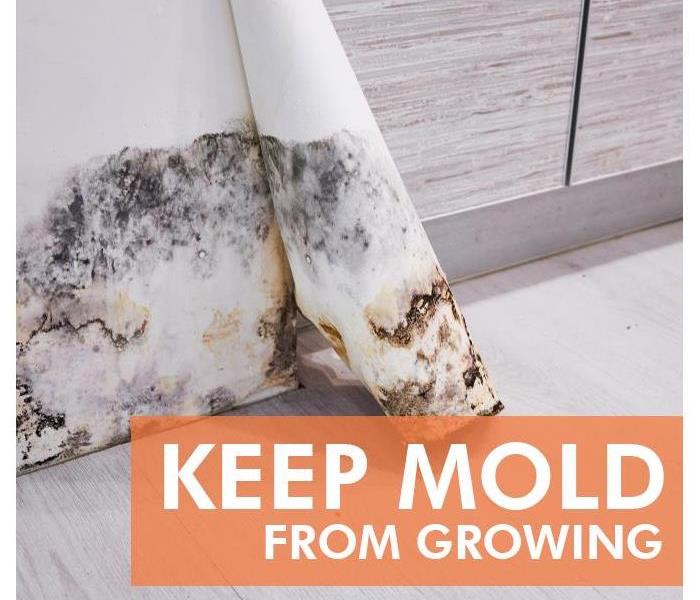Understanding Fungus: Mold and Mildew After a Storm
1/22/2019 (Permalink)
The Difference Between Mold And Mildew
Mold damage may be one of the greatest fears for any homeowner. An infestation can cause thousands in damage, and if a result of lingering issues, homeowners’ insurance may not cover the costs. While it is a fear, most don’t understand the difference between mold and mildew. One is hard to remedy, possibly requiring a specialist, and the other is a simple fix, likely resolved with a store-bought cleaner.
1. Size
Mildew growth can be subtle, often manifesting in small areas and only on the surface. Mold, on the other hand, is more predominant, and when it appears on the surface of a wall, you likely have a more significant issue in the wall cavity.
2. Color
When you encounter actual mold growth and mold damage, the color can be a dead giveaway as to whether it is mildew or mold. Mold is typically black and green. However, it may even be shades of blue and yellow, depending on the surfaces it has invaded. Mildew generally is only one of two colors, either gray or white.
3. Texture
The most apparent difference between mold and mildew is the texture. Mold is overall more textured and is likely fuzzy in appearance. Mildew is flat and appears as more of a stain than a growth.
4. Spread
While both mold and mildew spread quickly, mildew, as a surface fungus, tends to be a little more manageable. Mold, because of its nature, often develops in areas that are not easily visible, meaning that when it is discovered, it is more of an infestation. If you find mold, there is likely more lurking behind drywall and under floorboards. In most cases, you may need a mold remediation specialist in the Cookeville, TN, area to asses the damage.
Mold damage is no laughing matter, and it can lead to many problems if not handled properly. However, not every fungal growth is mold. Mildew is a manageable growth that can be resolved with basic household cleaners.





 24/7 Emergency Service
24/7 Emergency Service
